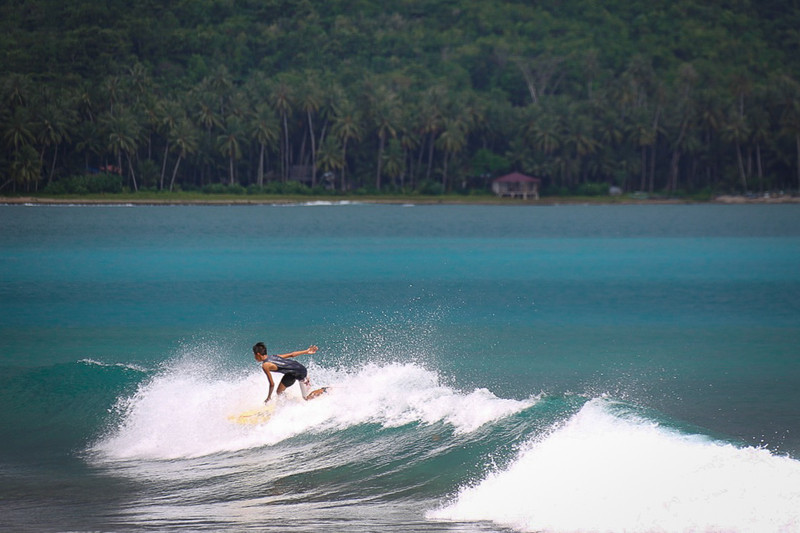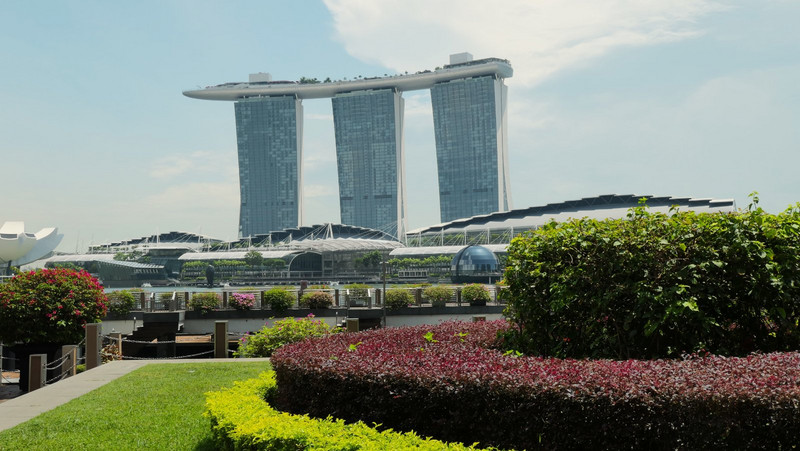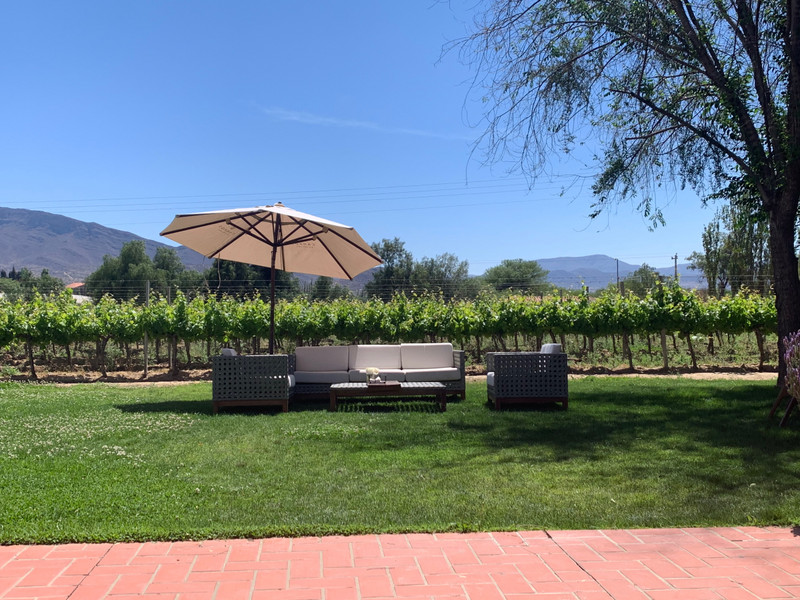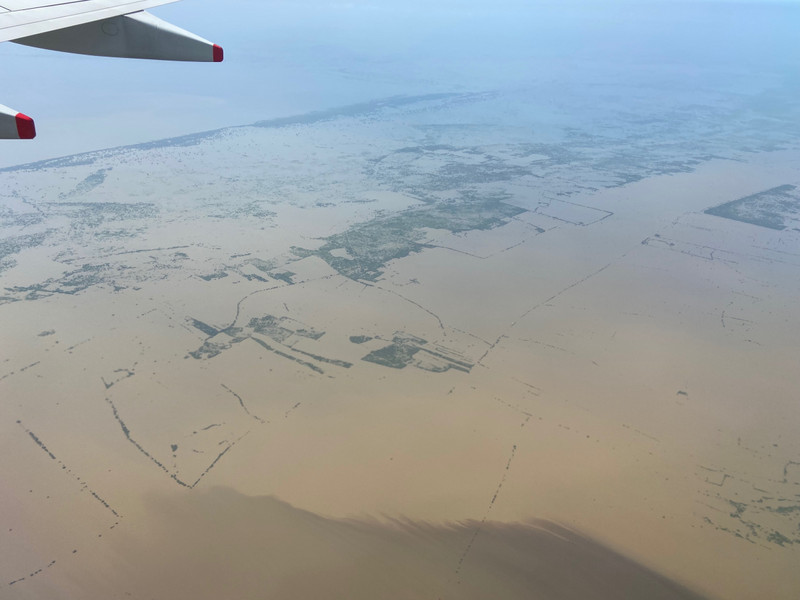For whatever reasons, I kept traveling during rainy season, not an ideal time for traveling in a tropical country like Indonesia. Delayed for a couple of hours, our flight arrived in Gunung Sitoli in the afternoon. Until a few years ago, the only mode of transport reaching the island was by ferry from Sibolga. Nias is an island on the East of North Sumatera, famous for its waves and swell among surfers as well as its unique culture. To reach Nias, we had to fly from Jakarta to Medan and to take a connecting flight to Binaka Airport at Gunung Sitoli, its capital.
Despite its proximity to North Sumatera, Nias has its own dialect and culture. Its hard to imagine that ancestors of Nias people were originally from Taiwan thousand years ago, given the names of the villages sounded like Maldivian or even Samoan. It however explained why the feature of Nias people is different than that of North Sumatera; the people have fair skin and almond shaped eyes.
Our was next to Museum Pusaka Nias, a replica of a wooden traditional house called Omo Hada. Made of wood, the house didnt have any window, other than window
pane, on the front of the house, allowing sunlight to enter the room. Just like many other traditional wooden houses in Indonesia, its built a few centimetre above the ground; in the old days, it was supposed to protect the people from wild animals. Its built with uncut wood, without using nails.
I and my friend smiled as we entered the 4x6 meter living room as there was neither window nor furniture. The room was attached next to the living room, and bathroom was outside the house. It reminded me of Live On Board diving trip in a Bugis Schoener.
Our first itinerary the next morning was to visit Bawomatuluo Village, located on a flat top hill, to see traditional stone jumping. Unfortunately, the weather was not friendly; it was drizzling that it was too slippery stone jumping. Bawomatuluo village consists of 140 traditional Nias wooden house similar to that of our in Gunung Sitoli.
The oldest and largest one, called Omo Sebua, belonged to the Chief. Built hundreds of years ago on stone slabs, it was one of the most preserved and traditional village in Nias. Rows of houses were built on each side
In the old days, Nias tribes are known for having inter tribes war, and during our visit, we were surprised by the feud among the young men, who were arguing over the persons who would be performing the stone jumping. Thankfully, no casualty, and we quietly walked to our car and headed towards Sorake Beach on the Southern part of the island.
Sorake Beach is a famous surfing spots, used for international it was said the best surfing spot after Hawaii. When we arrived, the sky was grey and wave seemed tame. Only a few local kids spotted surfing. Only later on we learned the best time to surf in Nias is during May to September. We came in February!.
We stayed at a laid back surfer lodge, Hash & Family Surf Camp, which had air conditions and was clean enough to have sleep. For dinner, we were served delicious tasty, seafood. Both Lagundri and Sorake Beach is located on the same stretch of beach of Sorake Bay.
see the traditional stone jumping. Thankfully, the weather was nice, and we were ready with our camera. As we arrived at the village, the two young men in traditional costume started the preparation and warming up. Each stood seven meters away from the two meter height stone, with eyes focused on the stone. In no time, one ran towards the stone and leaped over it! It went so fast that we were glad our camera was fast enough to capture the moment.
These young men must have practised since young age and rigorously to be able to do so. The stone jumping tradition was originally performed to acknowledge the transition of young men adult, and the skill acquired useful war techniques. These days, they were performed mainly for tourism.









